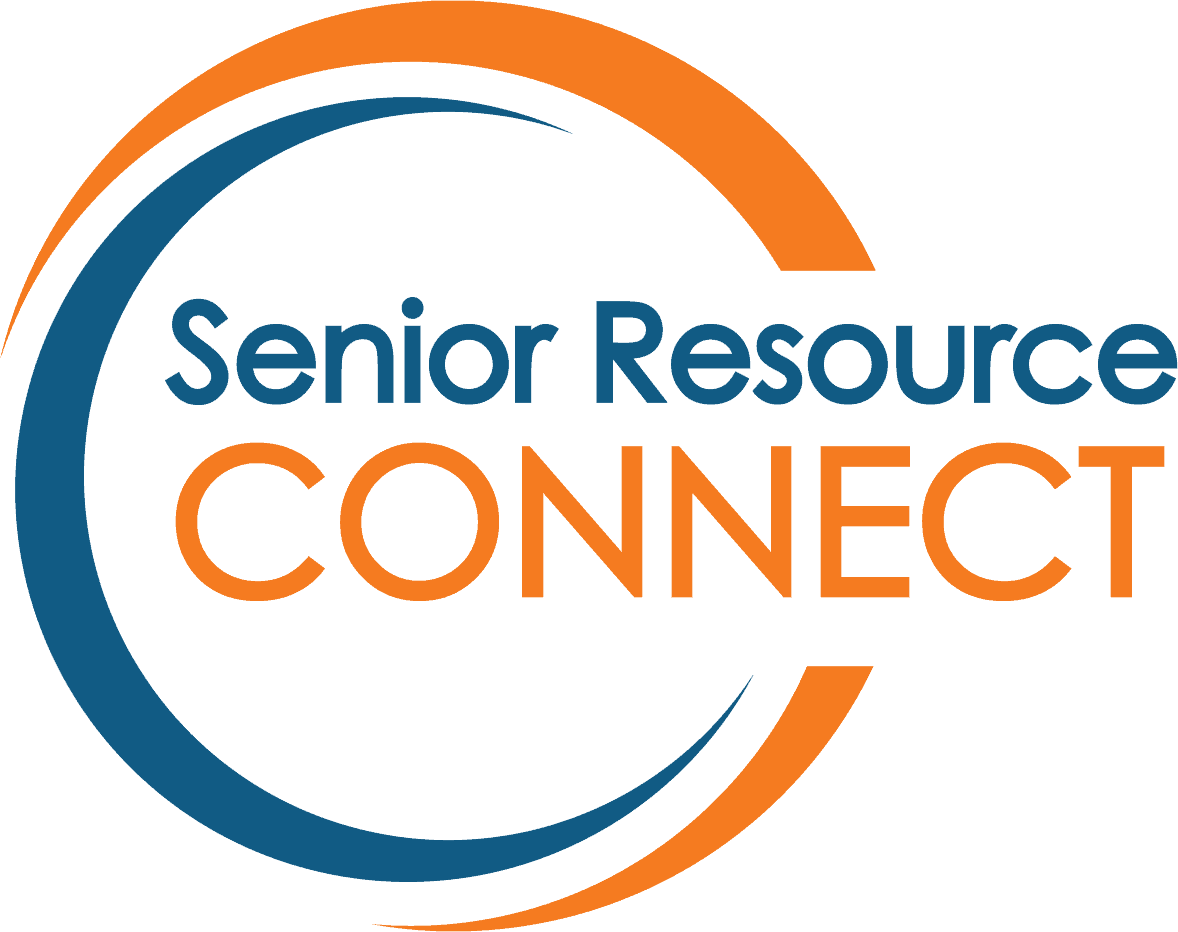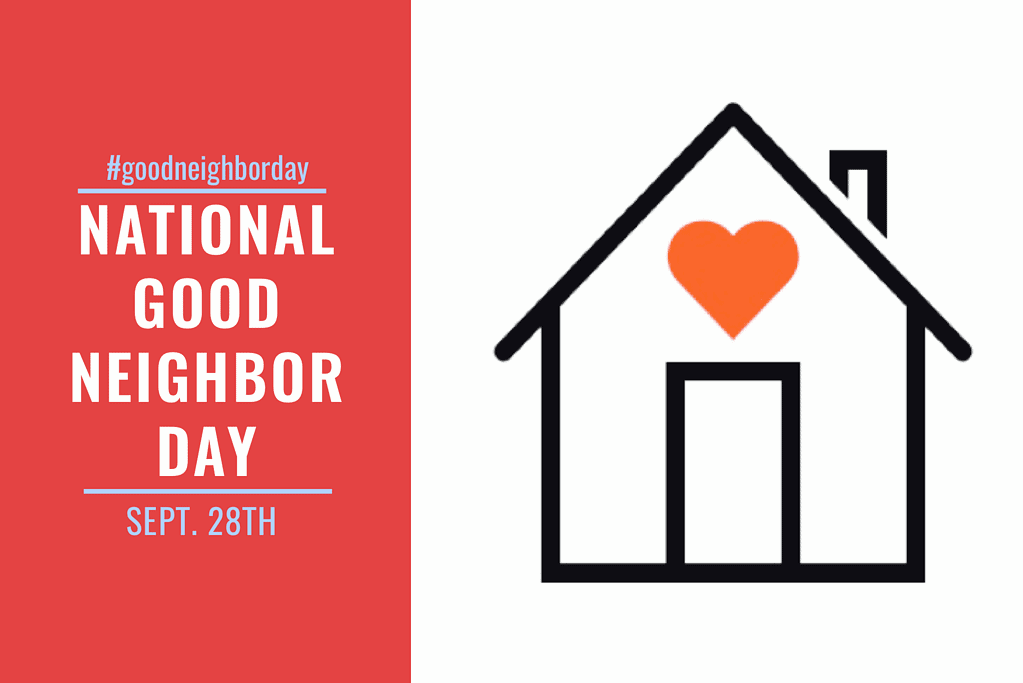September 28th is National Good Neighbor Day! According to the Pew Research Center, roughly 3 out of 10 people say they know all their neighbors; this number increases to 4 out of 10 people in rural areas. Older adults over age 65 are more likely than younger residents to say that they know most if not all of their neighbors (39% vs. 15%). Knowing your neighbors and feeling part of a community can help prevent isolation; according to a study by PINE in Chicago, individuals who reported low connection or no connection at all with neighbors had a 48.5% increased risk of death compared to individuals with strong community ties. How can we create connections with those that live around us and be a “good neighbor”?
Making Connections
- Introduce yourself the next time you see a neighbor out and about. Even a small wave is a good start.
- Looking for an easy conversation topic? Ask your neighbors who they recommend for lawn care/roofing/etc.
- Exchange contact information with your neighbors, it’ll come in handy later.
- Does your neighborhood have a Facebook group? Type the name of your neighborhood in the search bar, you may be surprised!
- When talking with an older neighbor remember not to talk to them as you would an adult.
- When talking with an older neighbor, ask open-ended questions to see how they’re doing (e.g., “what are your dinner plans?” vs “do you have enough food in your house?”
Want to be a good neighbor? Take the Senior Resource Connect Good Neighbor Training! This short online training walks you through WHY it’s important to connect with older community members, things we might HEAR and SEE that signal that an older adult needs help, and how you can connect them to needed resources and services- even if you don’t have a social work background.






